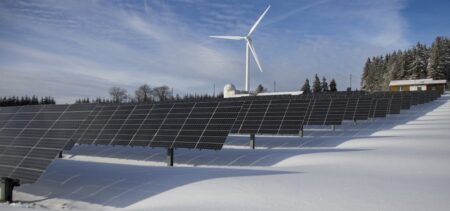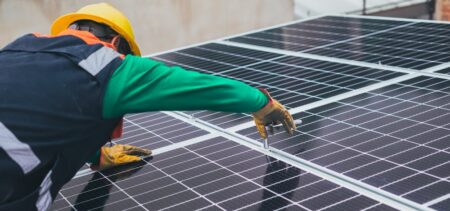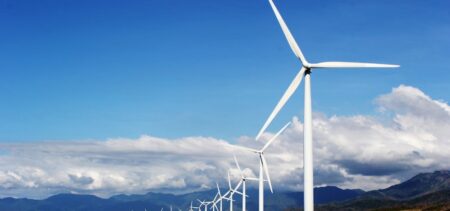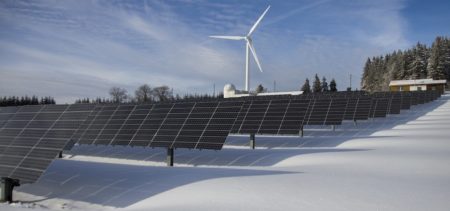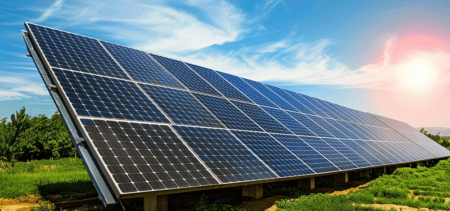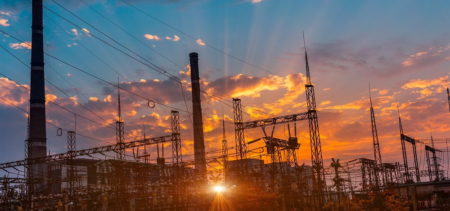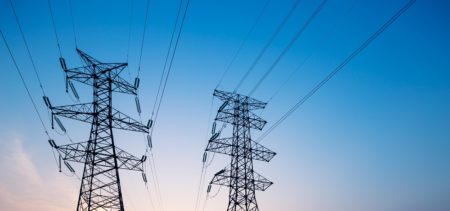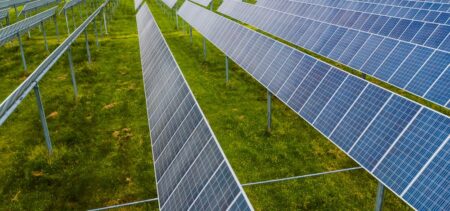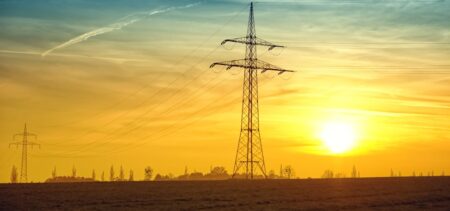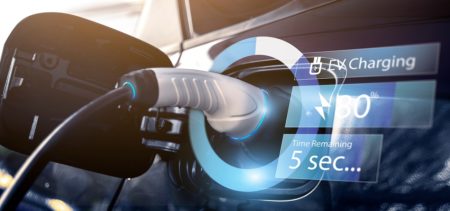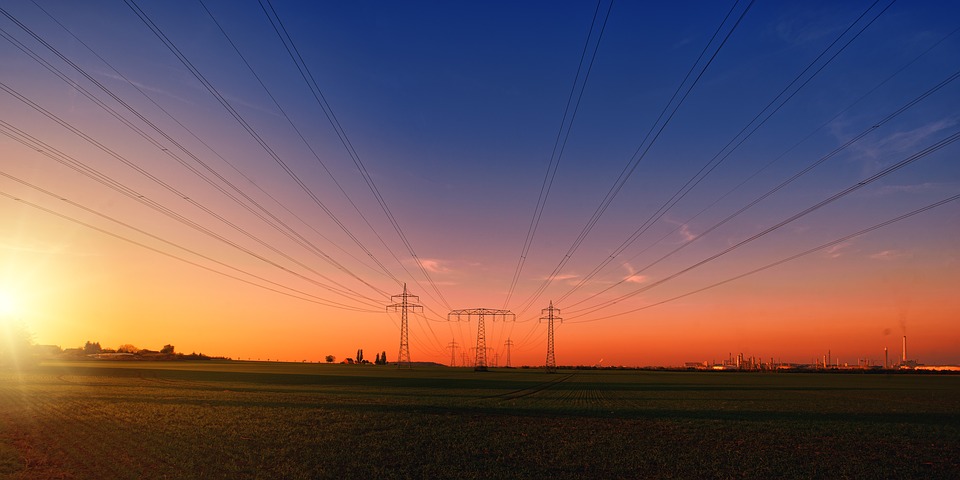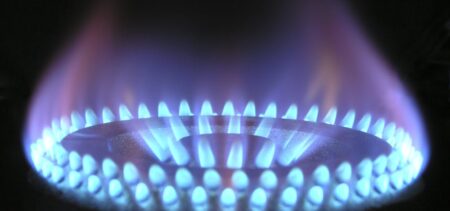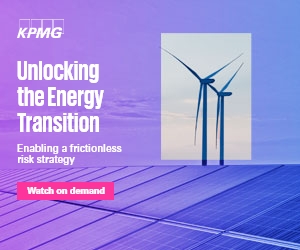Never before have businesses been more encouraged to be energy efficient as they are today. This phenomenon is taking place not only because there are more alternatives, but also because economy and pollution urge everyone to do so. Sometimes I wish we had someone to knock some sense into our routines. Maybe we finally got to that point where we need an entity like Captain Planet around – the 90’s environmentalist superhero with a mullet that would make a young Billy Ray Cyrus jealous.
It’s time to take energy efficiency seriously, even if there are more pressing matters at hand. Most of us are reluctant to change in general, but there are some adjustments that bring fast results, which in return can start a snowballing effect. Before you know it, there’s a whole avalanche of innovative transformations happening in your company, and it all started with that first step.
There are some necessary costs that any company has to go through. When it comes to reducing expenses, most business owners don’t really consider energy saving, at least not at a level that would make a difference. In fact, energy efficiency can be one of the most impactful financial areas for any company, regardless of size. Electricity, water, and gas can put serious dents in your budget, but with a good energy saving plan put together, you can reduce costs by 30-50 percent.
Let’s divide our recommendations in two phases:
Phase I
It requires almost no financial investments and will lead to moderate changes, but still significant enough that you will feel an improvement (about 10-15 percent of a difference). The final goal of this phase is to convince you to invest even more in energy efficiency, and get to the next phase.
1. Beginner’s list. We will start off easy. Your first task is to create and complete a list that has 3 columns:
- Room/space – any room in your company that requires some sort of energy to function (e.g. briefing room, office, kitchen, recreation room).
- Energy consumed/day – any measurement available will do (e.g. 4 lights/10 hours, heating/24 hours).
- Required energy/day – write down the basic energy needs for the employees to do their jobs properly. You will notice that most of the rooms consume more than needed.
The whole point of the exercise is to raise your awareness about the energy that’s being consumed in your company every day. Chances are that from this alone you will be able to get some efficiency ideas.
2. The energy audit. You can either find a specialized company to do it for you, or you can also apply for a free audit from utility companies. They will be able to identify the areas where you can improve your efficiency. There’s also the option of doing it yourself, but to be honest, if you don’t have any related expertise, the audit won’t turn out that useful and it will take you precious time to get it done. In case you still want to pursue the option of doing it yourself, here is a guide from a professional.
3. Procedure time. By now you should know the areas that need improvements energy-wise. It’s time to get some procedures in place, guidelines that every employee can follow so that your organization becomes more energy efficient. You can incorporate them in your company’s regulation policy, just to make everything easier to follow. What you should include:
– Activity digitalization: Use print only when you truly need to. Paper wastage is an important section you need to improve, that will not only affect energy economy, but also paper, toner, and printer usage.
– Switch off: Make sure everyone switches off devices, lights, or heating, when they are not needed.
– Energy saving features: Almost every device that’s not 3 decades old has energy saving features. Instruct and encourage your employees to use them as often as possible.
– Hibernation: Most work stations don’t need to be turned on 24/7. Remind your employees to activate the hibernation feature when they’re not using a device.
– Virtual meetings: Not all meetings require face to face discussion. Try to limit your travels as much as you can.
Phase II
This phase will require various financial investments, with a total that depends on each particular company. In some cases it might take up to 2-3 years to recover the investment, but on the long run, it will be worth it because you will have devices in place that consume up to 50-75 percent less energy.
1. LED there be light. Replace your existing light bulbs with energy efficient versions that will reduce your power bill significantly. Some recommend CFLs, but the true shining stars of 2016 are the LED bulbs. Though this is the most expensive option available, the lifetime of a light-emitting diode (LED) can be 5 times longer than that of CFLs (or other energy efficient light bulbs). If you can’t replace all the lights at once, prioritize the ones that are used the most.
2. Switch to energy efficient devices. Unless everything in your company is brand new, which is highly unlikely, you probably still have some old energy-hungry devices. When the time comes to replace them (hopefully sooner rather than later), take into account energy efficient alternatives.
3. Buy a thermostat. Workplace temperature is very important for productivity, that’s why it is always a priority, and most business owners share no expense in order to assure the perfect work environment. What they don’t take into account is how much of that energy is actually wasted when no one is working. Air conditioning is no friend of the environment, nor to your expenses. A programmable thermostat can fix this problem because it automatically adjusts the temperature when the offices are empty.
4. Go solar. What can be better for your energy efficiency than a free and renewable source? Solar panels can be a great long term solution, especially for larger businesses, since they require a significant investment that will take years to fully recover.
Bottom line
In the words of the aforementioned green haired superhero, the power is yours. Even the smallest changes can lead to noticeable differences to your monthly energy bill, and by our powers combined, we might be able to achieve improvements that affect our entire planet.


